Can the harmonics be 2.5 times or 1.5 times the fundamental or should
it be only 2 or 1 times the fundamental? Like, can it be half or can
it be a whole number only?
The EMI won't be related directly to the crystal frequency but, to something that is used on a bus or a data line that is at a fraction of 25 MHz. Crystals themselves won't directly produce significant levels of EMI so it has to be a circuit that divides the crystal frequency by 2 (for instance).
Half of 25 MHz is 12.5 MHz and, 62.5 MHz is the fifth harmonic.
312.5 MHz is the 25th harmonic of 12.5 MHz
Try looking for other harmonics in between that may be a lower level and you have not noticed. Anyway, the EMI will be related to sub-harmonics of 25 MHz and almost certainly not due to the basic crystal frequency.
Any ideas or good practices that can be followed to reduce the spikes
at those harmonics
Use a spectrum analyser and a near-field sniffer probe to establish where the interference is primarily coming from on your PCB. It can take a while to establish this so do it carefully. Look at data lines and busses.
Near-field sniffer probe: -

Image from here.
DIY probes: -


